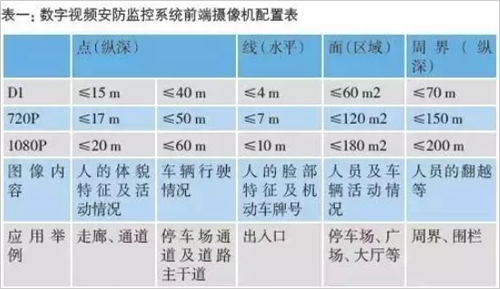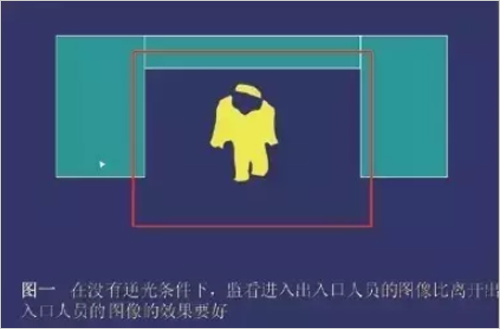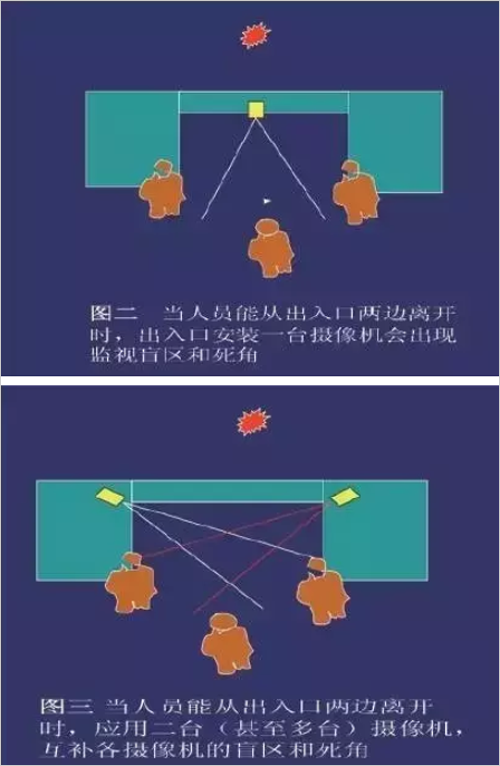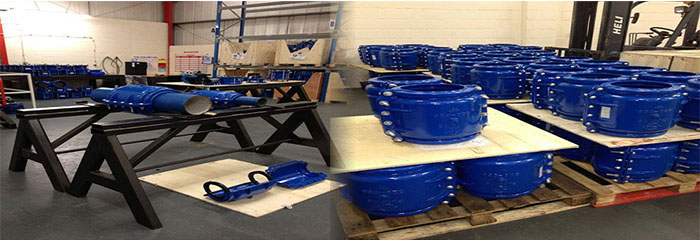Encapsulation Clamp is our new product for leak stopper.This kind of Repair Clamp has wide range of universal fast fit repair and encapsulation.We can offer Large dia fittings,connection for all pipe.No welding, purely a mechanical fit ensuring maximum design life integrity.When being installed on epoxy powder coated Ductile Iron Pipe a thin layer of WRAS approved lubricant should be applied to the pipe surface.


 



Encapsulation Clamp
Encapsulation Clamp,Ductile Iron Encapsulation Clamp,Sanitary Encapsulation Clamp,Stainless Steel Encapsulation Clamp
SHANDONG PIPESOL FLOW EQUIPMENT CO.,LTD , https://www.sinopipesol.com